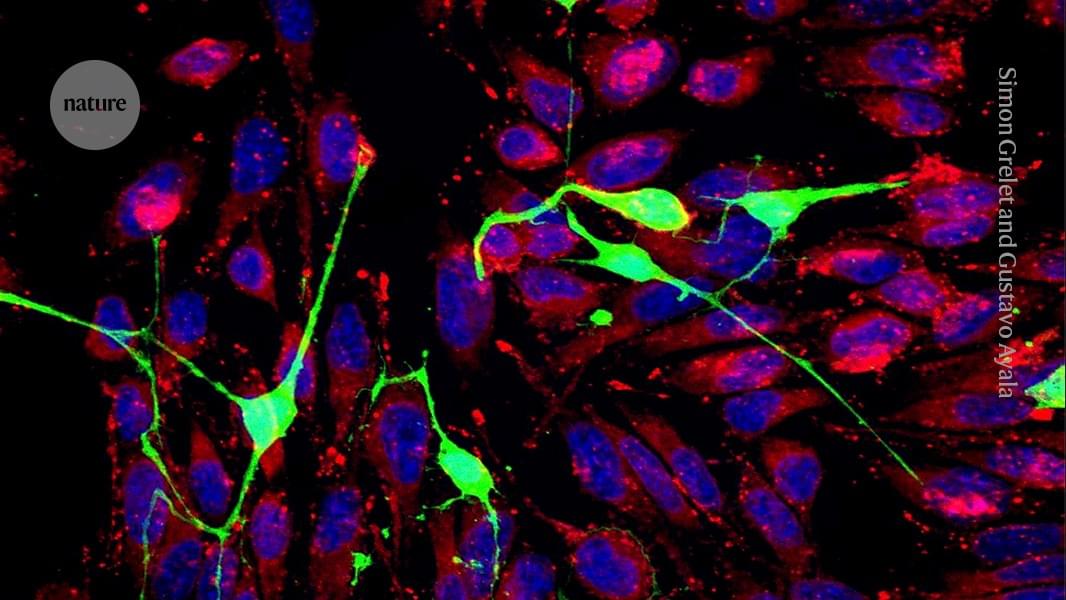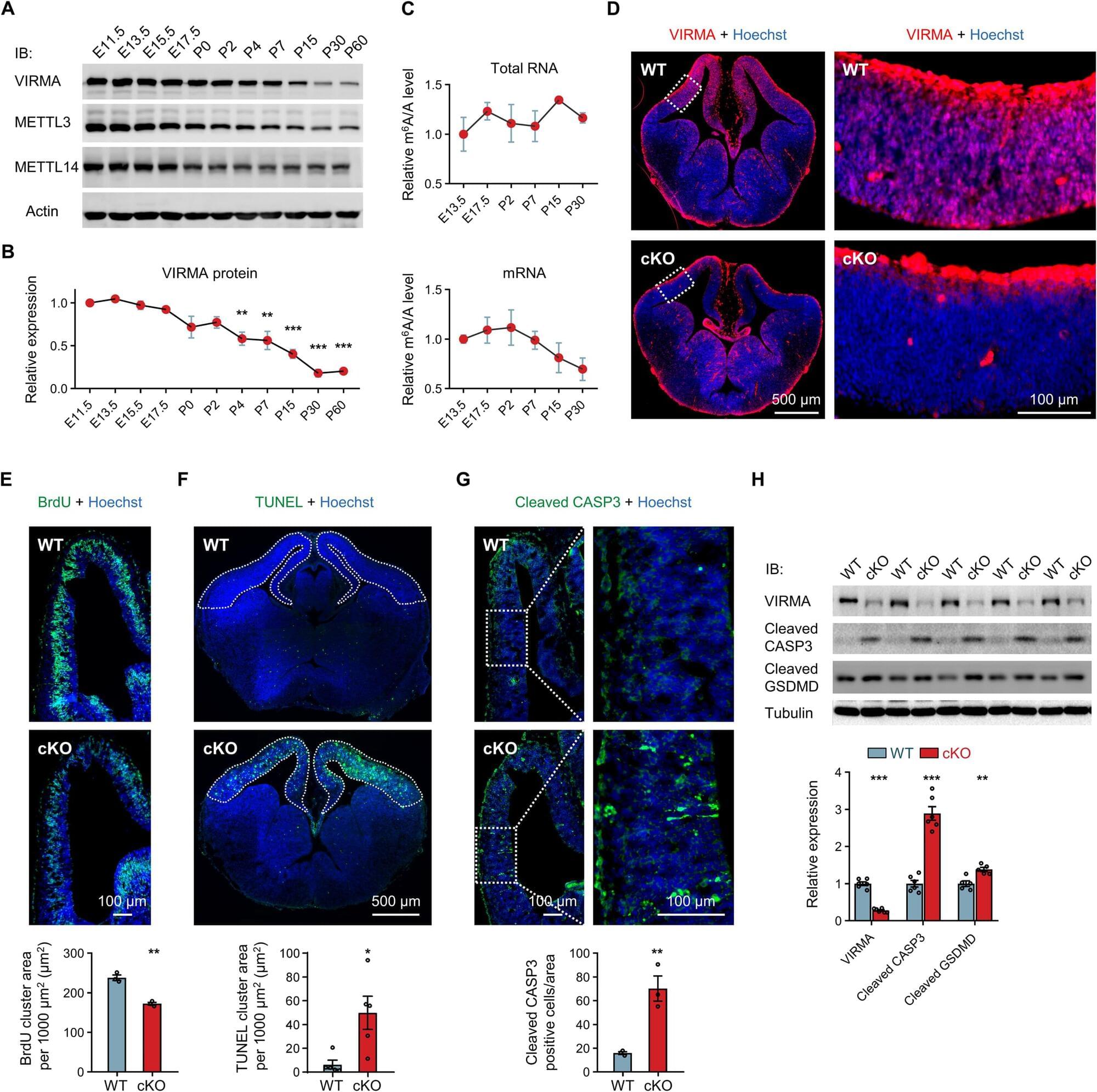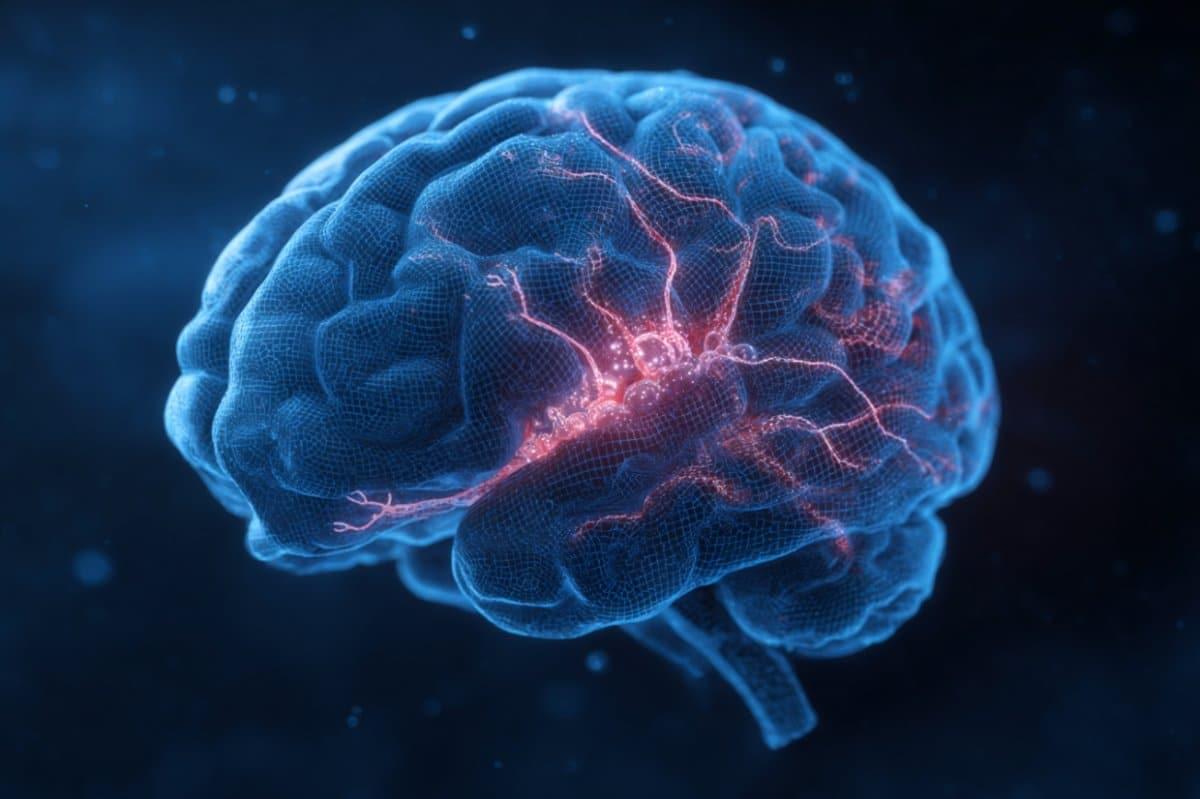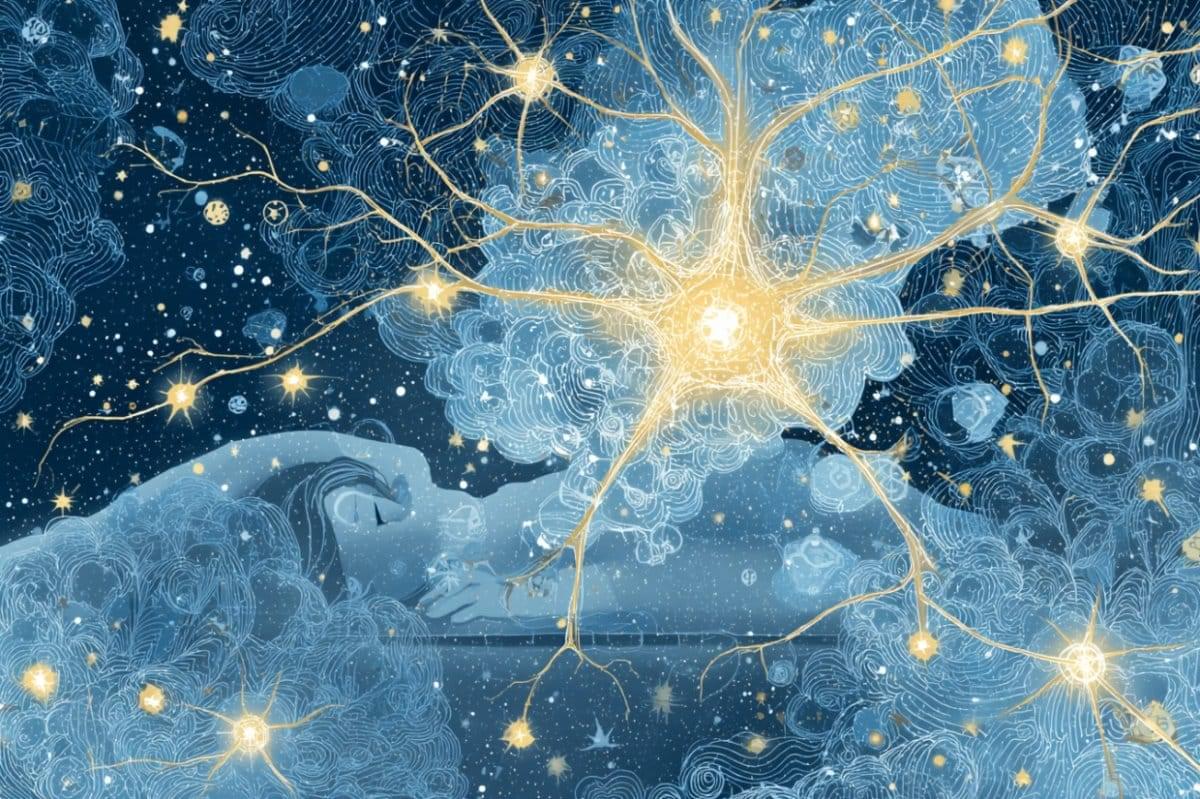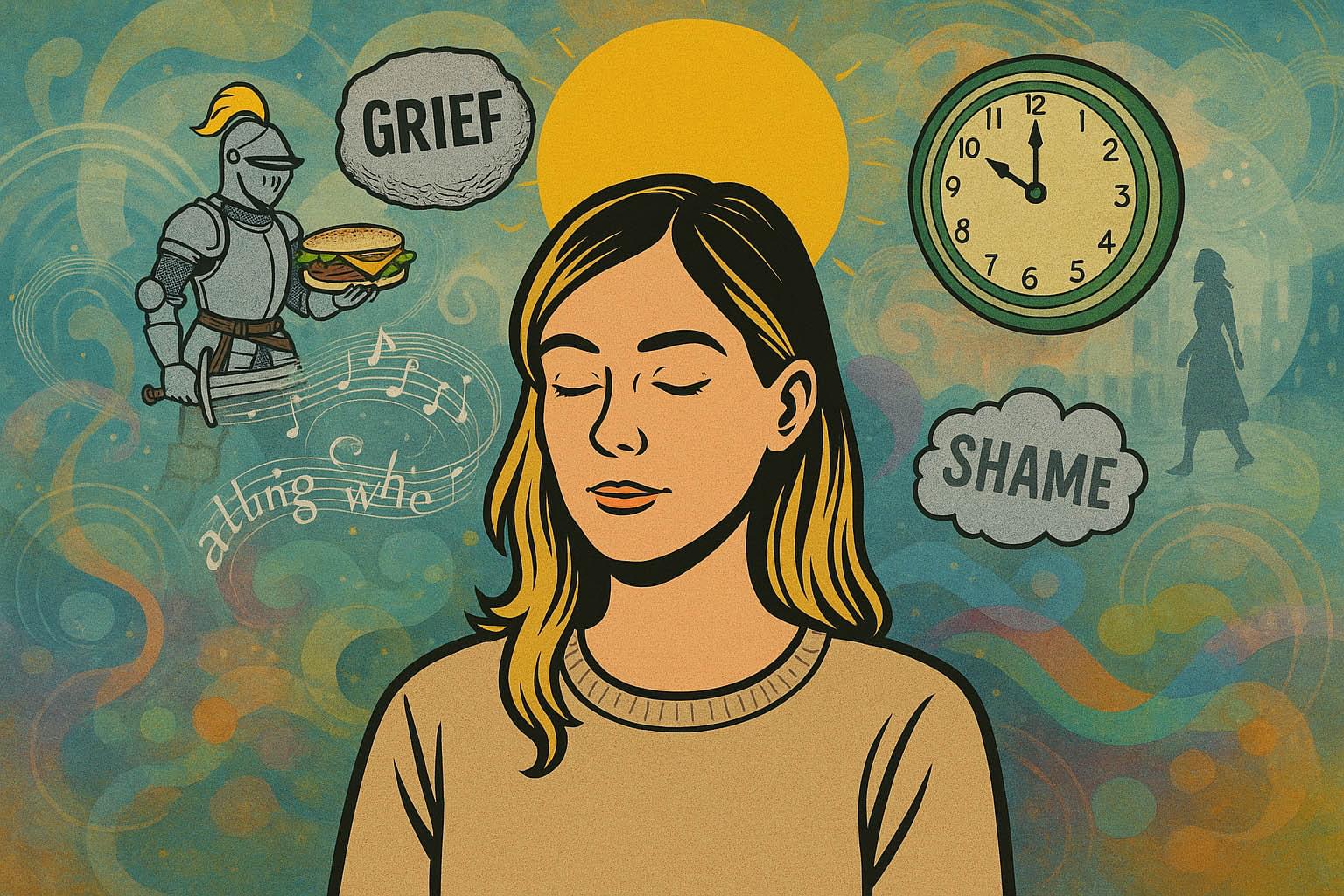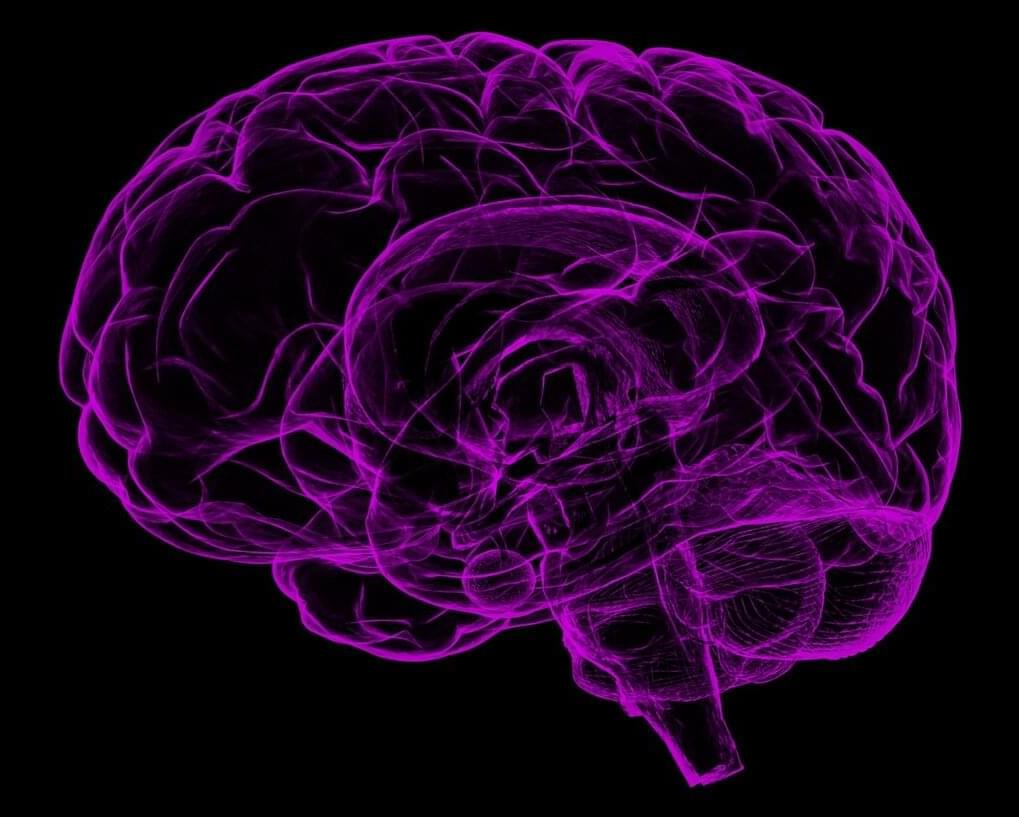Cancer cells turbocharge themselves by stealing the energy-producing units from neurons in tumours, scientists report today in Nature 1. This act of thievery seems to give cancer cells a boost to help them survive when they metastasize, or spread to distant organs.
The findings show that cancer cells siphon off neurons’ mitochondria — organelles that generate most of a cell’s energy — through ultrathin tubes that grow between the two types of cell. The purloined mitochondria increase cancer cells’ ability to withstand the stress of shooting through blood vessels during metastasis.
“Now we have a new culprit for metastasis, which means we have a new target to block metastasis,” says study co-author Simon Grelet, a cancer neurobiologist at the University of South Alabama in Mobile. “And metastasis is what make cancers so deadly.”
The theft probably helps the cells to spread around the body, and preventing it could provide a path to treatment, researchers say.
